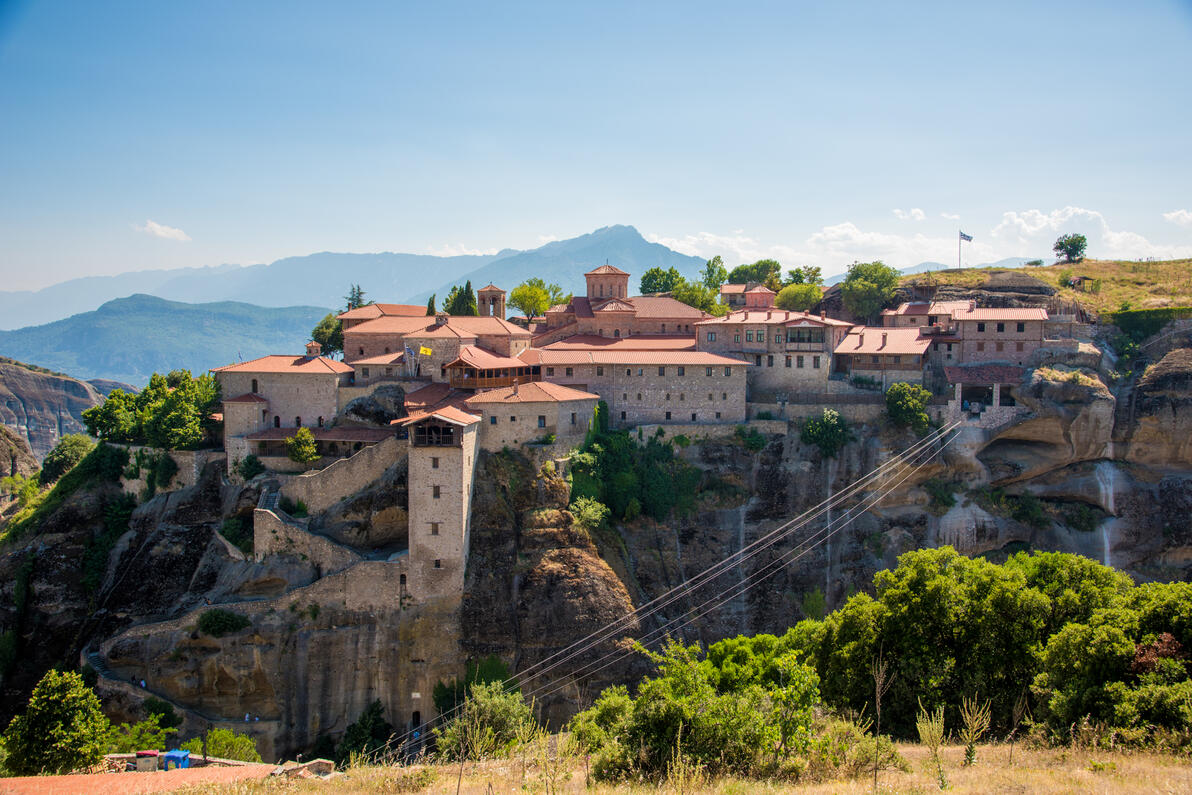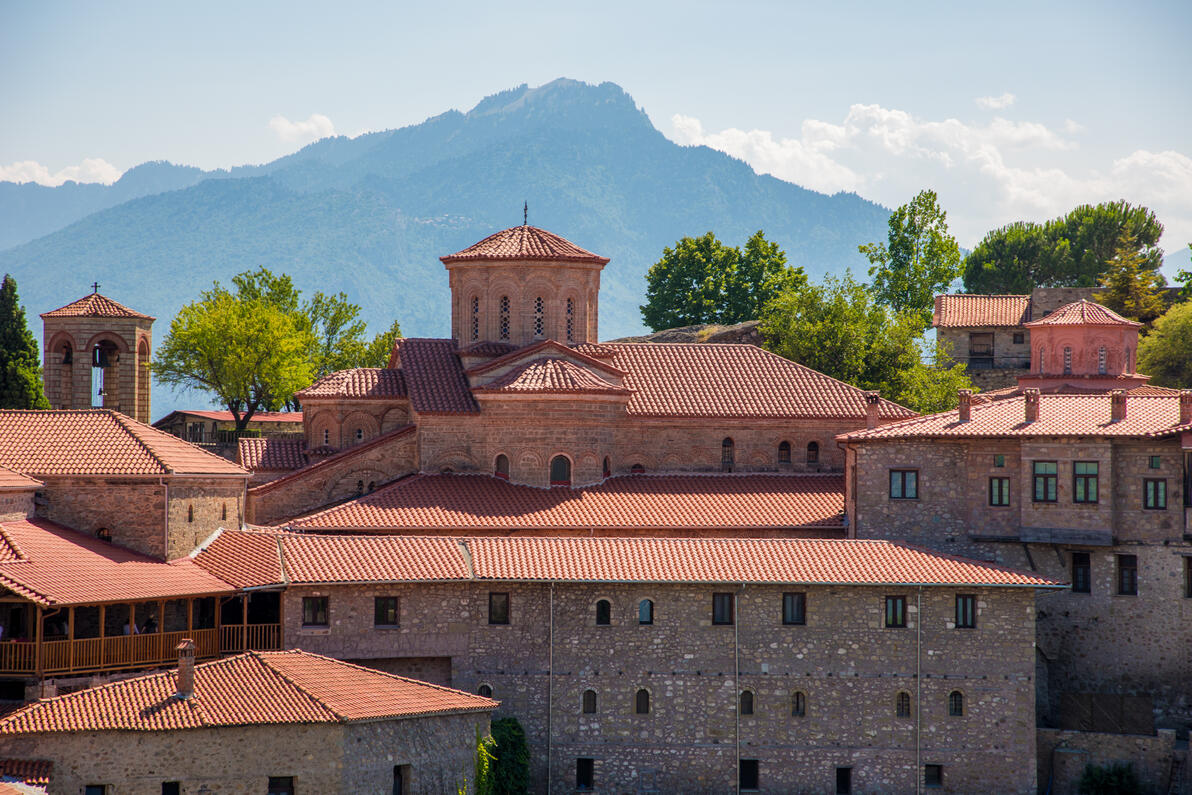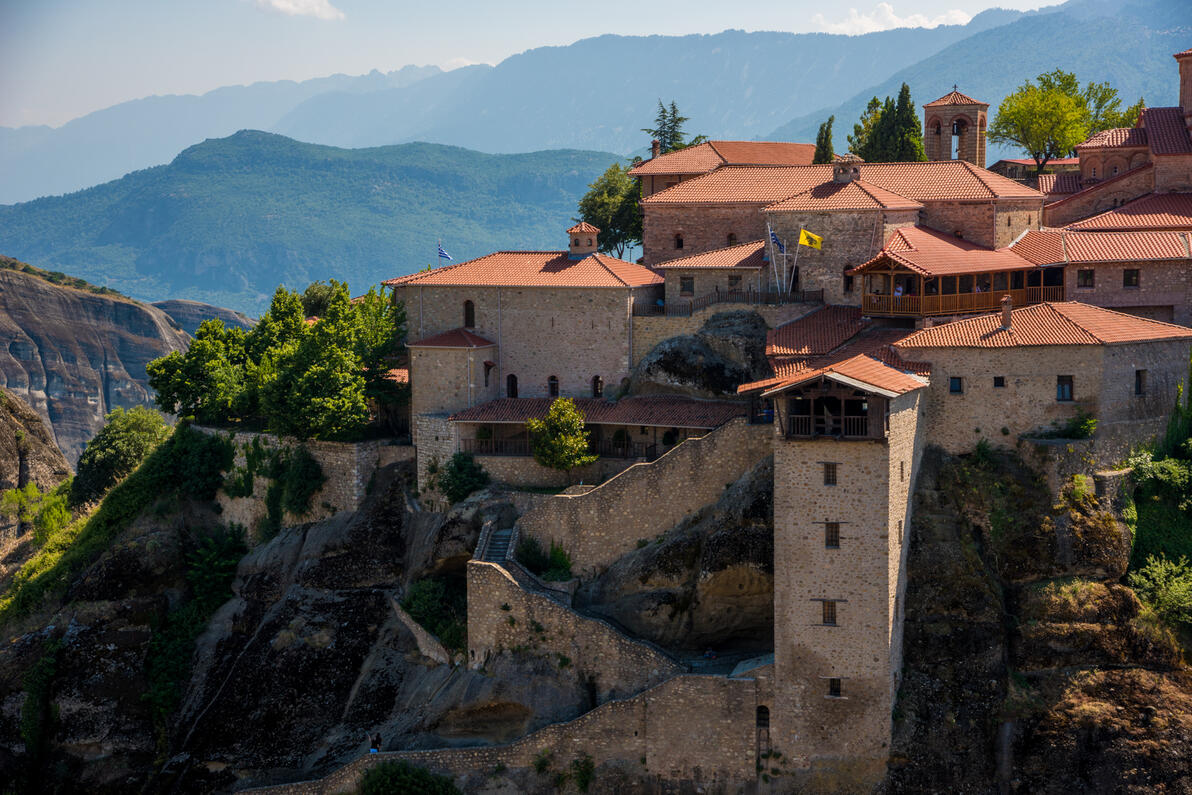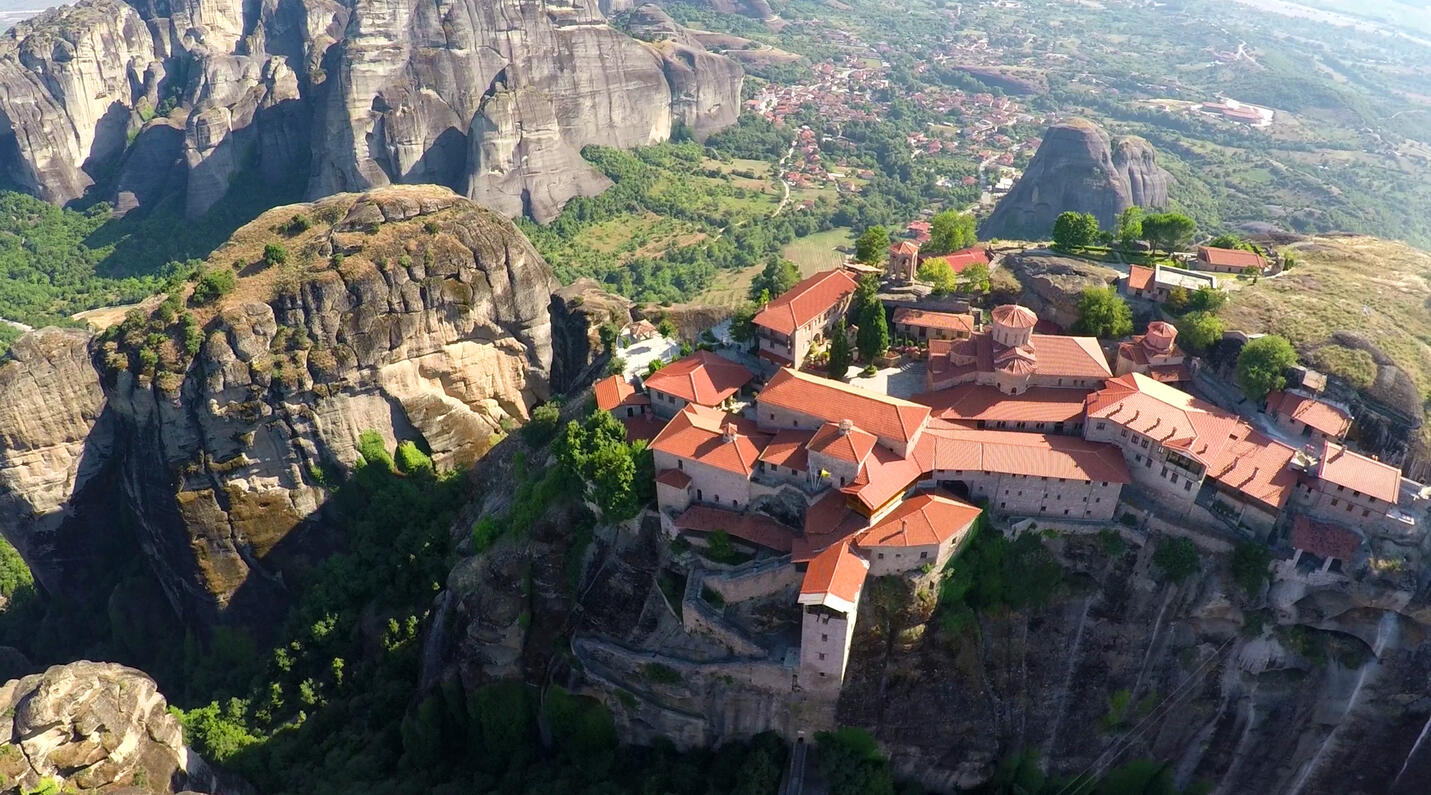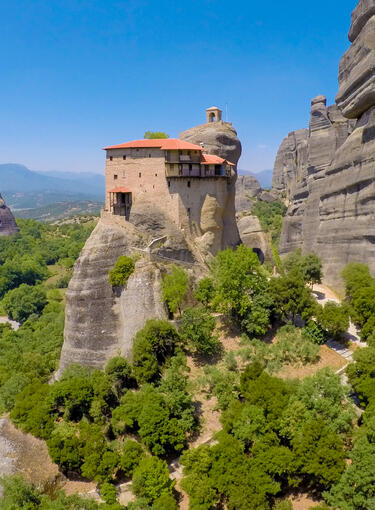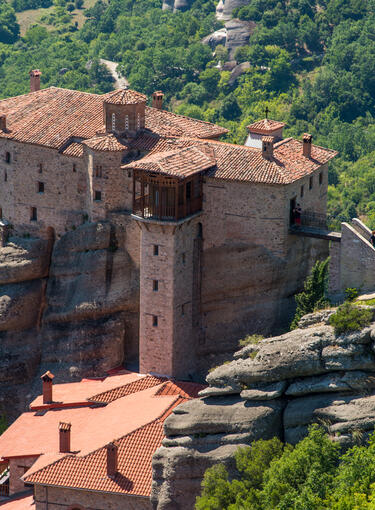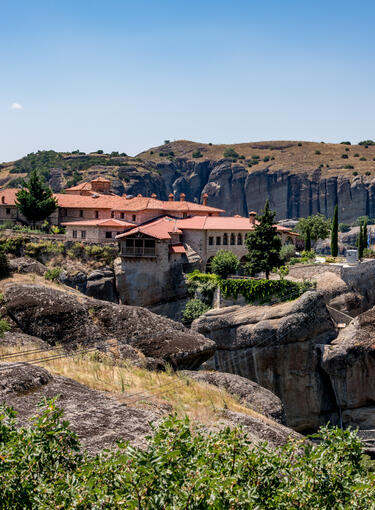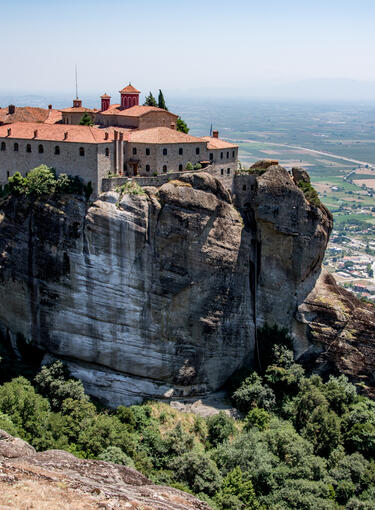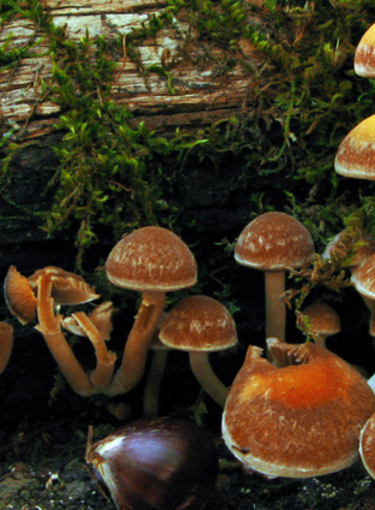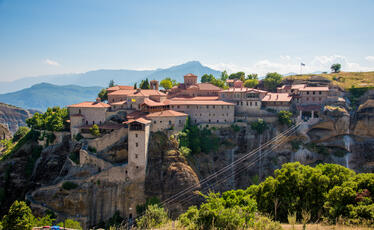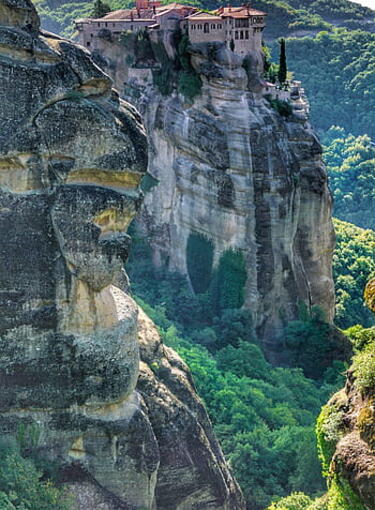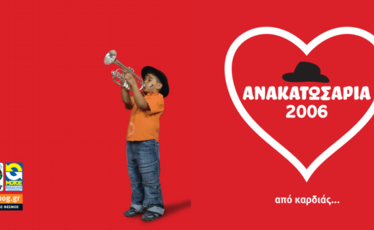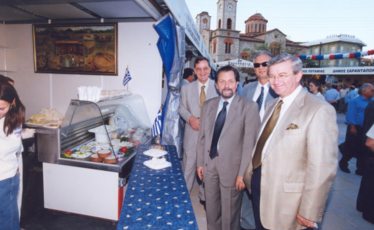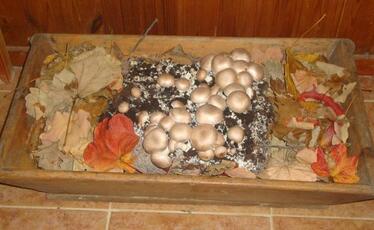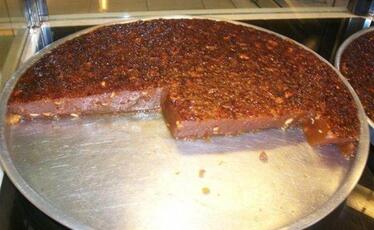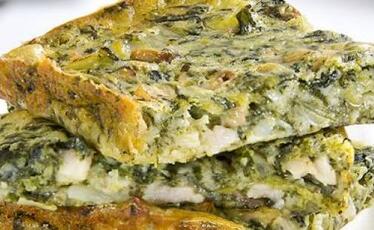Holy Monasteries
The top of the tallest and most spacious rock of Meteora is occupied by the largest and oldest monastery of the area, the Monastery of the Great Meteoron of the Transfiguration, whose foundation signaled the beginning of monasticism at Meteora.
It was founded just before the middle of the 14th century by Athanasios Meteoritis, who gave the name Meteoro to the rock. Initially the saint was an ascetic at a cavity, which is still visible by visitors today, when climbing the stairs that lead to the monastery. Later, it built a church to Virgin Mary on top of the rock and dedicated the monastery to Virgin Mary. Then it constructed another church, dedicated to the Transfiguration of Christ, which was the catholicon and gave the monastery its present day name. He also built cells and organized a strict coenobium. The catholicon was renovated in 1387-1388 by the second founder, who was named a successor by St Athanasios himself. It was Osios Ioasaf, former king of the Serbians, John Ouresis Angelos Komnenos Doukas Palaiologos, who denied his royal title and became a monk at the Great Meteoron in 1373.
The monastery was renovated and expanded significantly in the 16th century. In its first decades, with the expenses of the ruler of Wallachia Neagoe Basarab the tower and a wooden ladder were constructed. In the years 1544-1545 the catholicon was expanded to the west, and in 1557 abbot Symeon built the refectory, and as a matter of fact due t this he is considered the third founder of the monastery. The cookery was added to the refectory, where today they exhibit various items. In 1572 the hospital-κτίστηκε το νοσοκομείο-nursing home was built. During the Turkish occupation the monastery flourished and proved to be, with the other monasteries of Meteora, a refuge for the people living in the area. It is characteristic that during the period of Ali Pasha they were all plundered and suffered serious damages.
Climbing to the monastery complex takes place through a carved stair. The catholicon is dominant in the area, which after its expansion in the 16th century has the form of an Athonite triconch church. In other words it is a cross-in-square church with a dome supported in four columns, and apart from the eastern semicircular conches and the side walls, called “choirs”, because there are the areas where the chanters stand. The altar area of the present day church is the old catholicon of the 14th century, where its icons were painted in 1483. On the west there is a spacious four-columned narthex, “liti”, as it is called in the monasteries. The interior of the more recent catholicon is decorated with exceptional wall paintings, which were made in 1552, when Symeon was abbot. They are very important paintings of the 16th century, expression of the so-called “Cretan School” and are attributed to the painter Tzortzis or Zorzis. The wooden-carved screen was constructed in 1791, when Parthenios Orphidis was abbot.
At the monastery there are also the chapels of Timios Prodromos and Agioi Konstantinos and Eleni, of the 18th century, κand a modern one of Agios Nektarios. At the catholicon and the museum they keep important manuscripts, religious vestments and vessels, as well as important portable icons. Among them, two stand out, which were donated to the monastery by Maria Angelina Palaiologina, sister of Osios Ioasaf. One depicts the Virgin Mary and the other Doubting Thomas.
It is a men’s monastery and it celebrates on the 6th of August.
Informations
Additional
Date:
1rst half of the 14th century
Season:
Byzantine
Celebrates:
6th of August
Holy Metropolis:
Stagi and Meteora
Under the Supervision of:
Archaeological Service of Trikala
Schedule:
Winter: 09:00-16:00 everyday except Tuesday and Wednesday
Summer: 09:00-17:00 everyday except Tuesday


